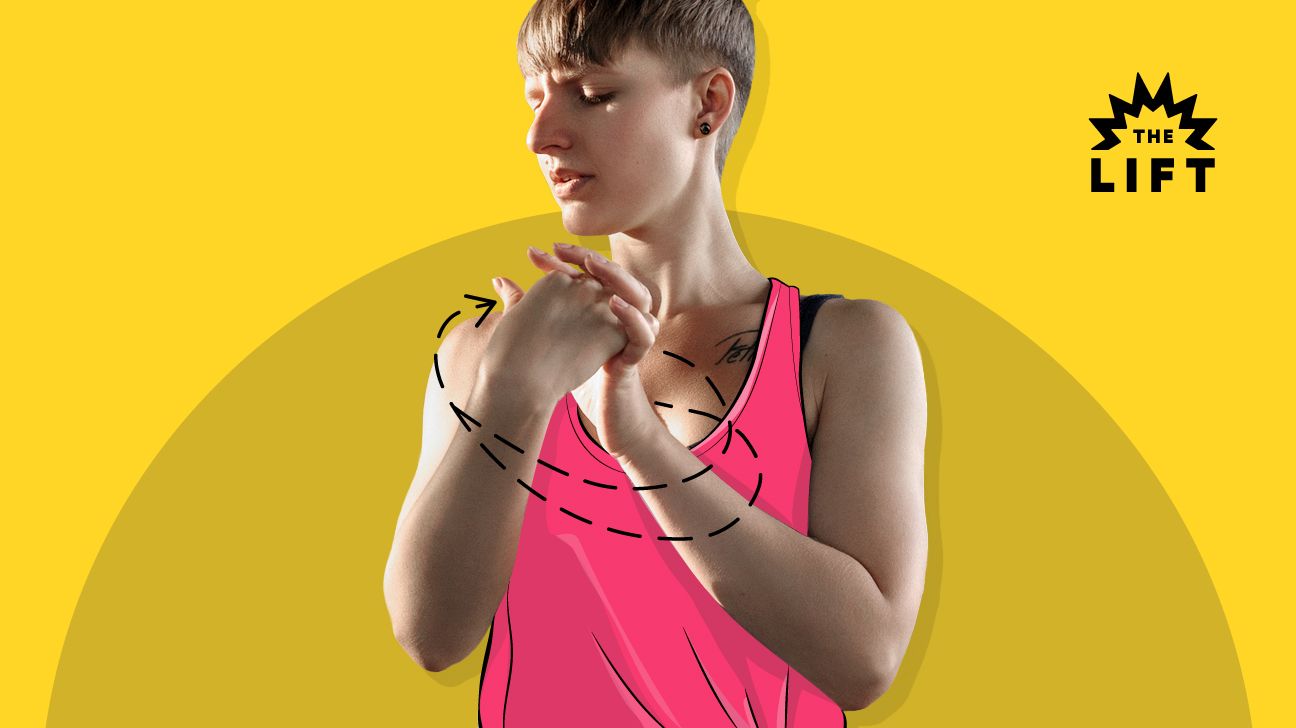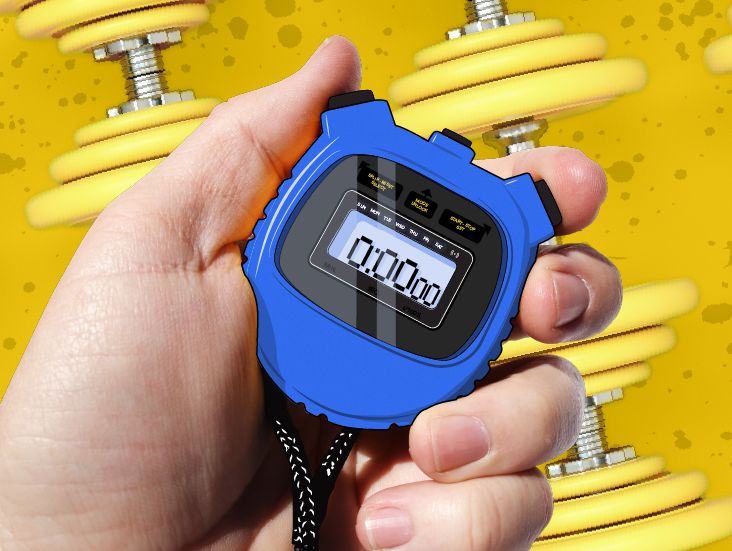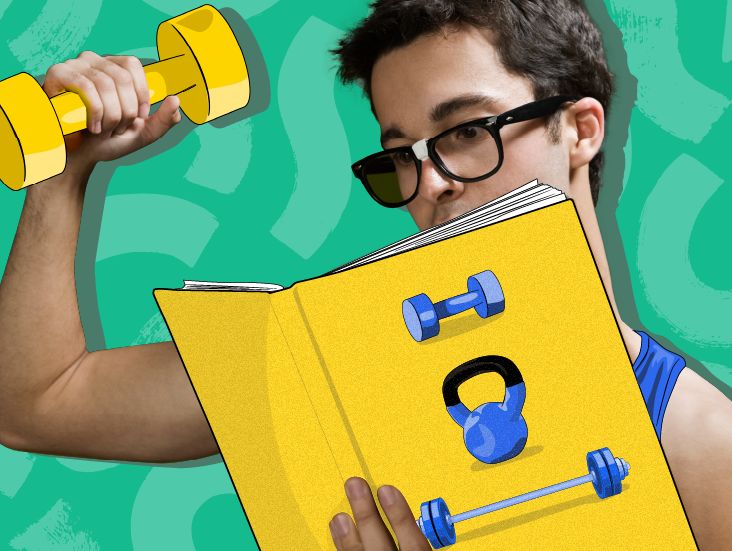
We include products we think are useful for our readers. If you buy through links on this page, we may earn a small commission. Here’s our process.
Greatist only shows you brands and products that we stand behind.
Our team thoroughly researches and evaluates the recommendations we make on our site. To establish that the product manufacturers addressed safety and efficacy standards, we:- Evaluate ingredients and composition: Do they have the potential to cause harm?
- Fact-check all health claims: Do they align with the current body of scientific evidence?
- Assess the brand: Does it operate with integrity and adhere to industry best practices?
If there’s anything as important as strong glutes and engaged guts, it’s a strong grip.
That’s why we put together this grip strengthening guide with Oregon-based certified personal trainer Emma Middlebrook and California-based certified personal trainer Ridge Davis.
Grip strength refers to how tightly you can hold something in your hand and how long you can hold it for compared to how heavy that something is.
Put simply: Grip strength is how much force you can create with all the muscles in your fingers, hands, forearms, and upper arms.
“The hand and forearms are made up of many muscles — it’s a very complex system,” says Middlebrook.
Muscles that control your grip
- Flexor digitorum profundis (FDP): forearm muscle that helps you flex your four fingers
- Flexor pollicis longus (FPL): forearm muscle that helps you move your thumb
- Extensor digitorum communis (EDC): forearm muscle that helps you extend your four fingers and wrist
Hell yeah, it does!
Day-to-day tasks like opening jars and shampoo bottles, lugging around your overstuffed bag, and even vacuuming are all i-m-p-o-s-s-i-b-l-e without adequate grip strength.
Plus, the risk of dropping something on your foot (like a dumbbell while working out) is way higher if your grip strength is MIA.
One study showed that strong(er) grip strength can result in a reduced risk of all-cause mortality, while weak(er) grip strength is associated with a higher risk of cardiovascular disease.
Another research review suggested that grip strength can be used to predict the risk of mortality in people 60 or older.
Do these two studies mean that everyone with a Gorilla Grip will outlive everyone with a soft handshake? No, they don’t.
But they do suggest that grip strength is a decent stand-in as an indicator of overall muscle strength, which is widely known as a key indicator of overall health, according to a research review.
“A weak grip really limits how much someone can lift during heavy lifts or bodyweight movements,” explains Middlebrook.
Consider the deadlift. Typically, it’s *not* your hamstrings that keep you from pulling the bar up to the top of your thigh. Your grip isn’t strong enough to hold on to that hundred (or multi-hundred!) pound bar.
Indeed, if your grip is so weak that it keeps you from completing certain exercises, your overall quest for strength suffers, while if your grip is bone-crushing, your gains will surge.
There are 3 main ways to grip onto something, according to Davis.
Pinch grip strength
- When you’re gripping something between your thumb and four-fingers. For instance, when you’re opening a tub of peanut butter or rock climbing, you’re using your pinch grip strength.
Crush grip strength
- When you’re grasping something between your digits and palm, you’re calling on your crush grip strength. For example, when you’re pulling a bar during a deadlift, or holding a water bottle.
Hold grip strength
- When you’re hanging onto something for a long ass period of time — whether that’s hanging from monkey bars or hanging onto a briefcase — you’re using your hold grip strength.
Your grip style dictates which muscle group takes the lead for that grip. To strengthen your muscles needed for a good grip, try any of these workout programs.
1. Spring training
Ever seen a metal barbell clip? That’s what (most) spring trainers online look like.
These little devices help to strengthen your crush grip by squeezing it… and then squeezing again… and again.
Exactly how many reps you’ll be able to do will vary based on your current grip strength. No matter what your rep count is, be sure to do the same number on both hands.
2. Pinch plates
Usually, when you pick up weight plates, you pick them up with two hands, or loop your fingers through the middle hole, right?
Well, this pinch grip exercise entails grasping the rounded-edge between your fingers and thumb, arms straight by your side.
Try holding two plates of the same size, one per arm, at a time.
Accumulate 60 seconds.
3. Farmers carry
If you’ve lugged two grocery totes in from the car, one in each hand, you’ve done the hold grip strengthening exercise called the farmers carry.
You can incorporate this movement into a gym setting by holding a kettlebell or dumbbell in each hand, arms extended at your sides, and palms facing each other.
Keeping your midsection tight and shoulders back, walk forward 50(ish) yards. Turn around and return to your start point.
Rest 30 to 60 seconds and repeat for a total of 3 treks.
4. Bar hangs
“Another great way to work your hold grip is to hold on to a pull-up bar, palms facing away from your body, arms fully extended, and see how long you can hang on,” says Middlebrook.
The goal, she says, is to accumulate 30 to 60 total seconds. “Once you can hold on for 30 seconds without stopping, you’ve got a pretty strong grip.”
Gabrielle Kassel (she/her) is a queer sex educator and wellness journalist who is committed to helping people feel the best they can in their bodies. In addition to Healthline, her work has appeared in publications such as Shape, Cosmopolitan, Well+Good, Health, Self, Women’s Health, Greatist, and more! In her free time, Gabrielle can be found coaching CrossFit, reviewing pleasure products, hiking with her border collie, or recording episodes of the podcast she co-hosts called Bad In Bed. Follow her on Instagram @Gabriellekassel.





